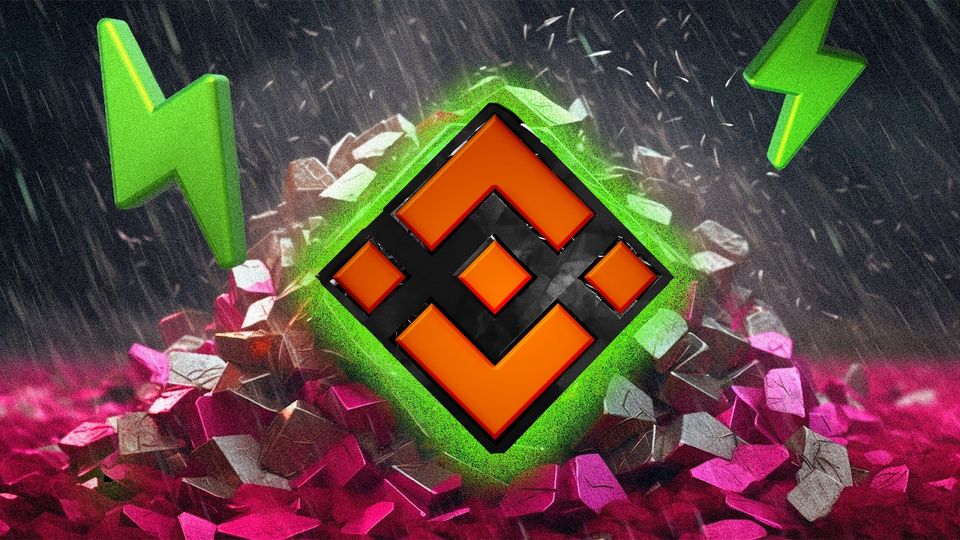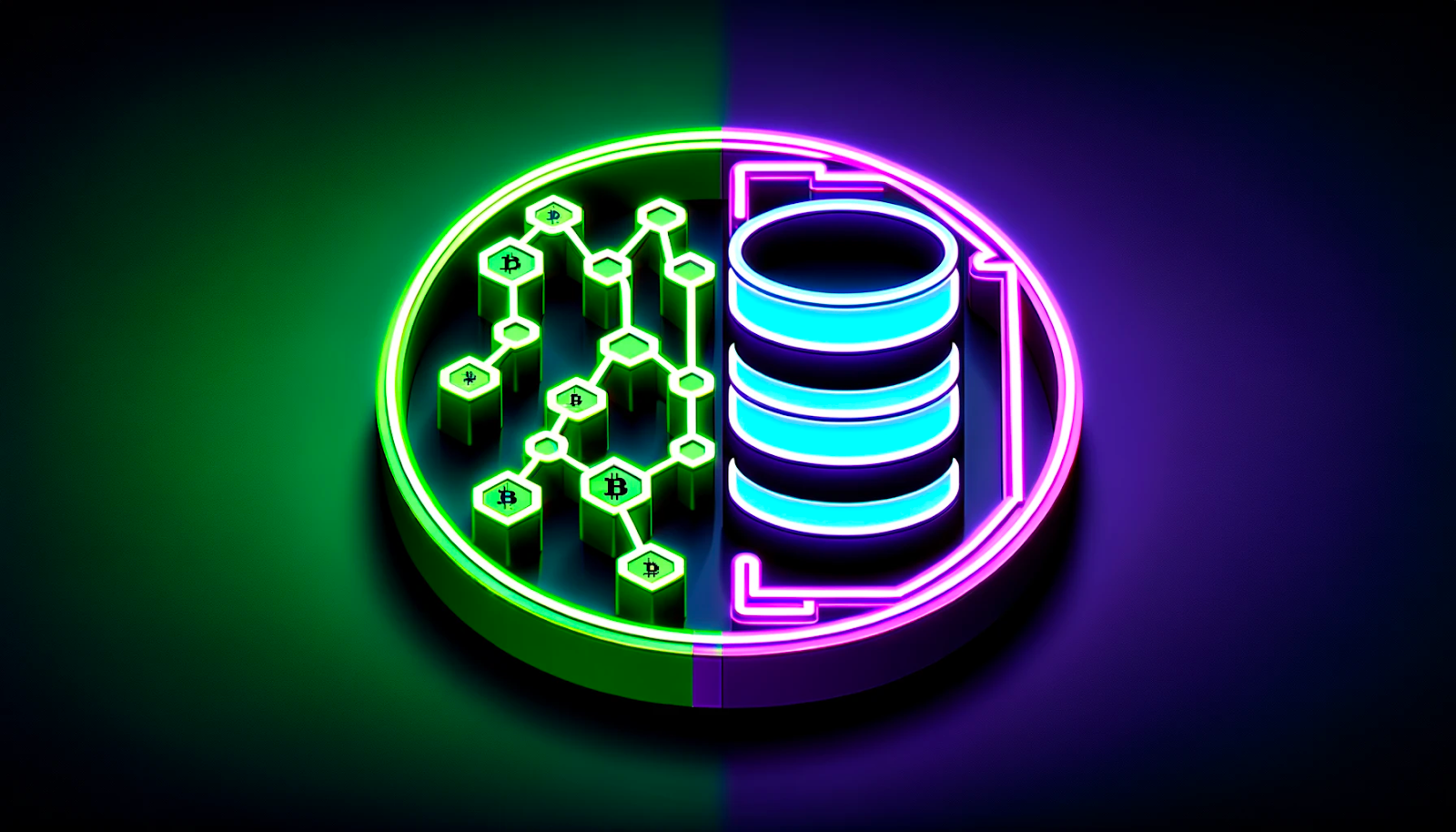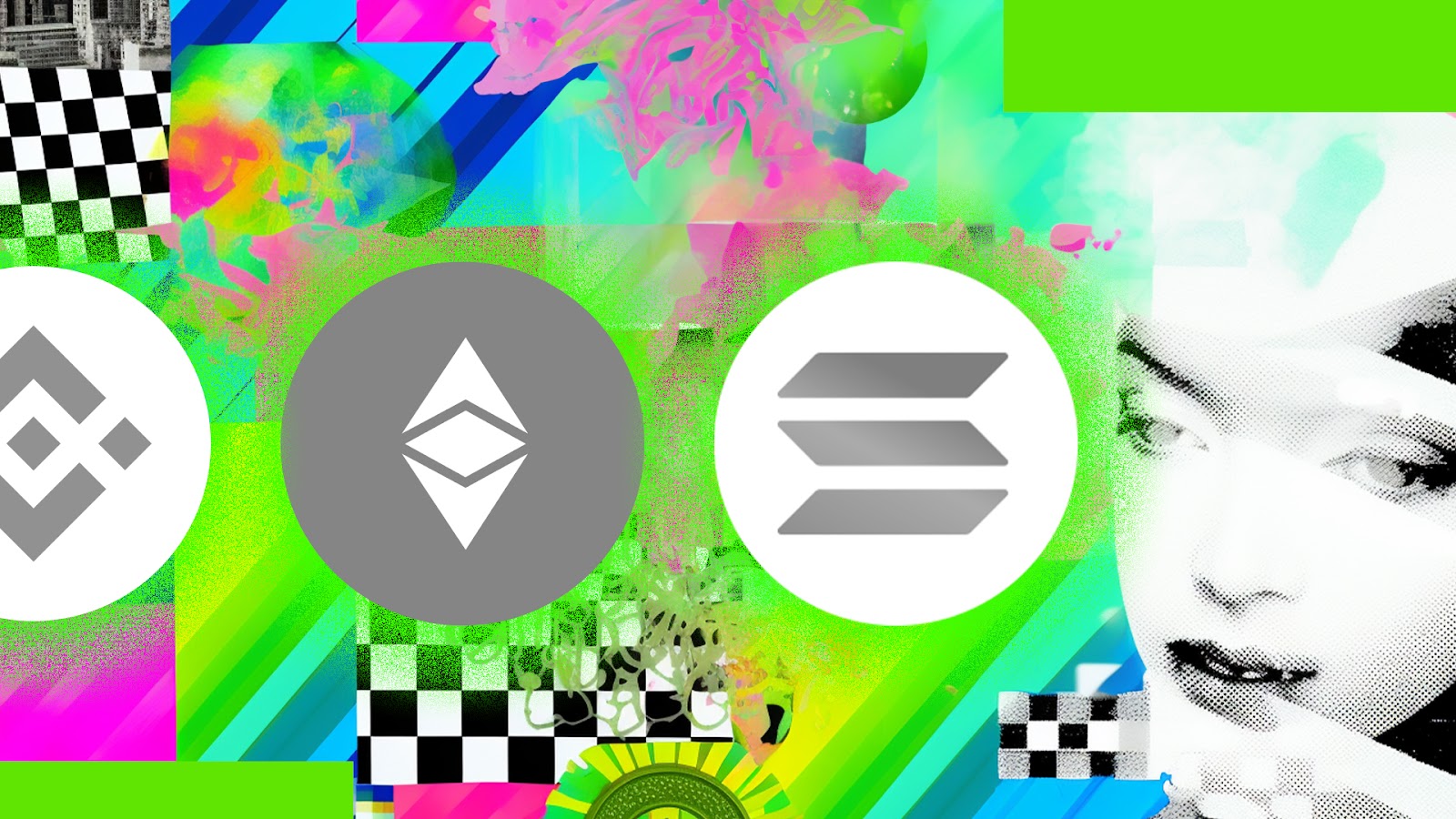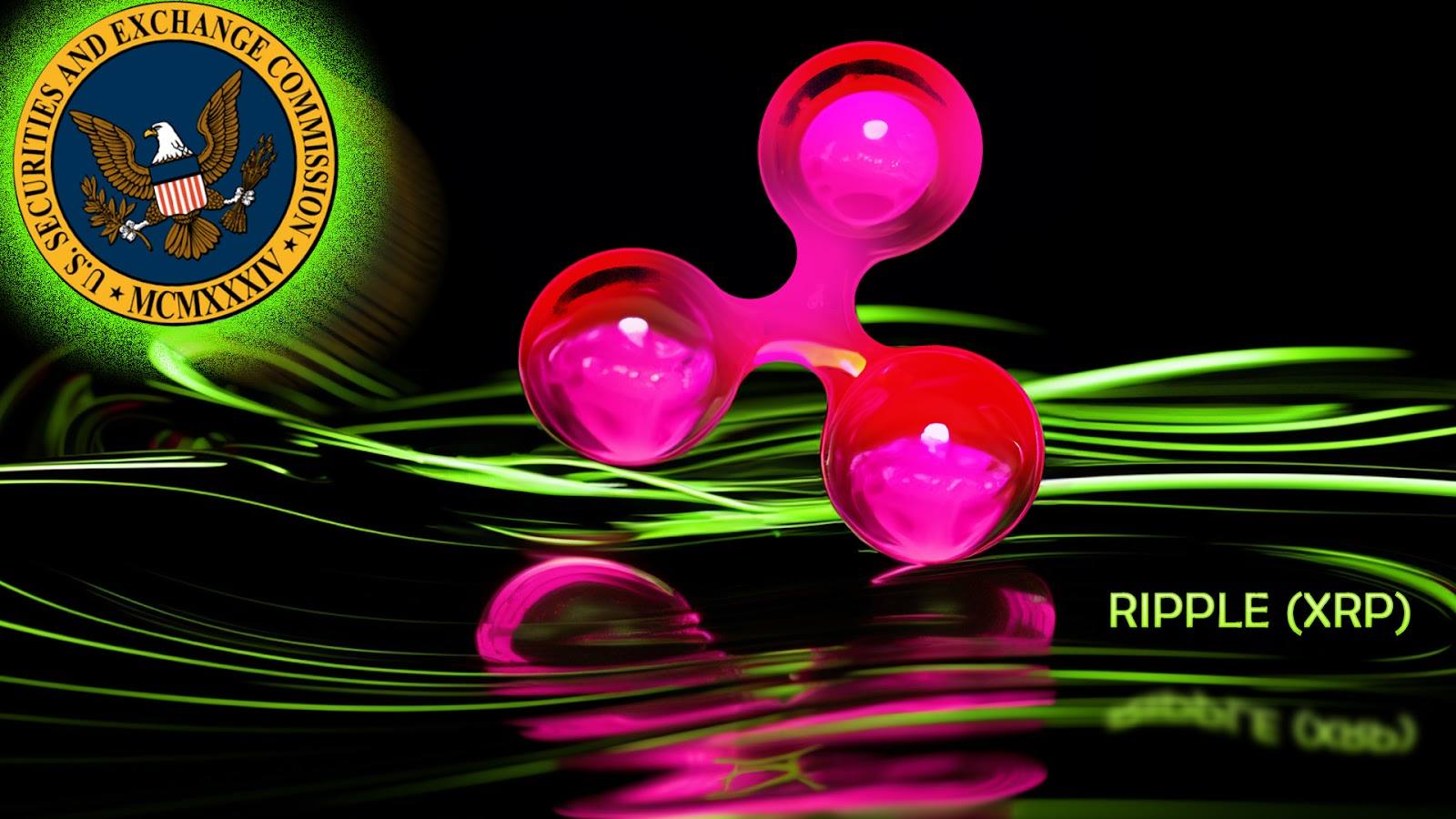
Polygon Labs - which is the developer behind esteemed Ethereum Layer-2 protocol Polygon (MATIC) - has published a 3-pronged proposal for implementing its landmark Polygon 2.0 upgrade.
The proposals - entitled the ‘Polygon Improvement Proposals’ (PIPs) - outline the network’s potential transition path, specifications of the upgraded code architecture, and updates to the network’s native token. Collectively, these three phases have been coined ‘PIP-17,’ ‘PIP-18,’ and ‘PIP-19’.
Polygon Labs - which is the developer behind esteemed Ethereum Layer-2 protocol Polygon (MATIC) - has published a 3-pronged proposal for implementing its landmark Polygon 2.0 upgrade.
The proposals - entitled the ‘Polygon Improvement Proposals’ (PIPs) - outline the network’s potential transition path, specifications of the upgraded code architecture, and updates to the network’s native token. Collectively, these three phases have been coined ‘PIP-17,’ ‘PIP-18,’ and ‘PIP-19’.
1/ The wait is over. Polygon 2.0 implementation kicks off now with the release of 3 Polygon Improvement Proposals (PIPs), and a roadmap for Phase 0.https://t.co/gk7FW0zCpc pic.twitter.com/YJo3BtQy4y
— Polygon (Labs) (@0xPolygonLabs) September 14, 2023
Firstly, ‘PIP-17’ refers to ‘Phase 0’ of the upgrade. Here, its primary message revolves around the fact that end-users and developers won’t have to take any action during the upgrade when it comes to the existing Polygon Proof-of-Stake (PoS) network and Polygon zkEVM chains (zero-knowledge Ethereum Virtual Machines).
Next in line is ‘PIP-18,’ which proposes to replace Polygon’s infamous MATIC token with ‘POL’. As MATIC has done, POL will serve as the network’s native gas and staking asset.
Finally, ‘PIP-19’ refers to the goal of upgrading MATIC to POL in a way that ensures maximum backwards compatibility. This will be done through ensuring that the upgrade doesn’t alter any smart contract compatibility, which will be achieved through POL’s code properties remaining the same.
In a basic overview, Polygon 2.0 will see MATIC tokens become POL tokens, with the latter then serving as the native PoS tokens of the protocol.
Additionally, POL tokens will be migrated at a 1:1 ratio from existing MATIC tokens, while the PIPs also stated that POL will undertake an initial supply of 10 billion and a yearly emission rate of 2% (which will be equally distributed between validator staking rewards and the community treasury).
Plans for Polygon 2.0 were introduced in June 2023, with the project’s aim being to establish a network of interconnected Layer-2 chains that are driven by zero-knowledge cryptography.
The underlying vision of Polygon 2.0 is built around four protocol layers; staking, interoperability, execution, and proving- which collectively come together to create an interconnected ecosystem of Layer-2 chains that possess enhanced transaction speeds and costs.
Per the words of Polygon’s Co-Founder Sandeep Nailwal, Polygon 2.0 comes as part of Polygon Labs’ goal to become a blockchain innovations leader through the use of zero-knowledge tech. As Polygon already does, this is based on the premise of offering economical, speedy, and high-throughput performance capabilities to projects built on Ethereum.
Now known to the public, Polygon Labs will ask for community feedback on the proposals in Q4 2023. From here - and after a governance vote approval - the Polygon 2.0 upgrade will be implemented next year.
Want More Cutting-Edge Crypto News?
Follow Us: X TikTok Instagram Telegram LinkedIn
Sign up to our newsletter at the bottom of the page
Check Out Our Top 10 Crypto Currencies of 2023
This article is intended for educational purposes and is not financial advice.

















